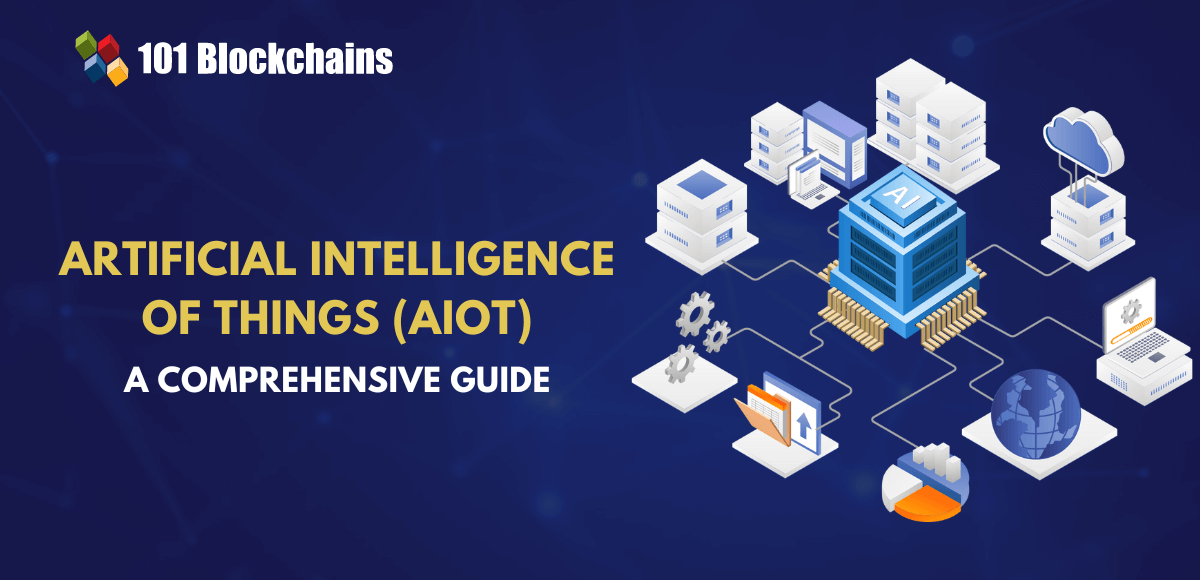The world of language models is constantly evolving, with new models tailored to different purposes, devices, and applications. Large Language Models (LLMs), Small Language Models (SLMs), and Super Tiny Language Models (STLMs) each offer unique advantages and challenges. Let’s explore these models in detail, including their functionalities, applications, and technical differences.
Large Language Models (LLMs)
LLMs have transformed NLP by showcasing impressive abilities in generating human-like text, understanding context, and performing various language tasks. These models typically contain billions of parameters, making them robust but resource-intensive.
Key Characteristics of LLMs:
Size and Complexity: LLMs are known for their vast number of parameters, often exceeding billions. For example, GPT-3 has 175 billion parameters, allowing it to capture complex patterns in data and excel in intricate tasks.
Performance: Due to extensive training on diverse datasets, LLMs excel in various tasks, such as answering questions and generating creative content. They shine in zero-shot and few-shot learning scenarios, where they can perform tasks using contextual prompts.
Resource Requirements: LLMs demand significant computational resources for training and deployment, creating barriers for some organizations. Training models like GPT-3 can cost millions of dollars in computational resources.
Applications of LLMs:
LLMs are widely used in applications requiring deep language understanding and natural language generation, such as virtual assistants, content creation, and data analysis. They also play a crucial role in advancing AI capabilities through research.
Small Language Models (SLMs)
SLMs offer a more efficient alternative to LLMs, aiming for high performance with fewer parameters and reduced resource consumption.
Key Characteristics of SLMs:
Efficiency: SLMs operate with fewer parameters, making them faster and less resource-intensive. Models like Phi-3 mini and Llama 3, with around 3-8 billion parameters, achieve competitive performance through optimization.
Fine-Tuning: SLMs rely on fine-tuning for specific tasks, enhancing performance in targeted applications. This process involves training the model on task-specific datasets to improve domain-specific performance.
Deployment: SLMs are suitable for on-device deployment due to their smaller size, making them ideal for real-time applications on devices with limited computational resources.
Applications of SLMs:
SLMs excel in applications requiring rapid processing, such as real-time data processing, lightweight virtual assistants, and specific industrial applications like supply chain management.
Super Tiny Language Models (STLMs)
STLMs are even smaller than SLMs, focusing on extreme efficiency and accessibility while maintaining acceptable performance levels.
Key Characteristics of STLMs:
Minimalist Design: STLMs use innovative techniques to reduce parameter counts drastically, such as byte-level tokenization and efficient training strategies. Models like TinyLlama and MobiLlama operate with 10 million to 500 million parameters.
Accessibility: STLMs aim to democratize access to high-performance models, making them available for research and practical applications in resource-constrained settings.
Sustainability: STLMs provide sustainable AI solutions by minimizing computational and energy requirements, making them suitable for IoT devices and low-power environments.
Applications of STLMs:
STLMs are valuable in environments with limited computational resources, like IoT devices, basic mobile applications, and educational tools for AI research. They are also beneficial in scenarios where energy consumption needs to be minimized.
Technical Differences
Parameter Count:
LLMs typically have billions of parameters, while SLMs range from 1 billion to 10 billion parameters, and STLMs operate with under 500 million parameters.
Training and Fine-Tuning:
LLMs require extensive computational resources for training, SLMs need less power for training and can be fine-tuned for specific tasks, and STLMs use efficient strategies to achieve performance with minimal resources.
Deployment:
LLMs are deployed on powerful servers and cloud environments, SLMs are suitable for on-device deployment, and STLMs cater to highly constrained environments like IoT devices.
Performance:
LLMs excel in various tasks, SLMs provide competitive performance for specific tasks, and STLMs focus on achieving acceptable performance with minimal resources.
Comparative Analysis
Performance vs. Efficiency:
LLMs offer unmatched performance but come with high computational demands, SLMs balance performance and resource requirements, and STLMs prioritize efficiency with minimal resources.
Deployment Scenarios:
LLMs are best for cloud-based applications, SLMs are ideal for on-device deployment, and STLMs are suited for highly constrained environments.
Innovation and Accessibility:
LLMs drive innovation but are limited to resource-rich organizations, SLMs offer a balanced approach, and STLMs focus on accessibility and sustainability.
The evolving landscape of LLMs, SLMs, and STLMs represents different strategies in natural language processing. These models complement each other in meeting diverse application and deployment needs, balancing performance and efficiency for optimal results.
Sources






















